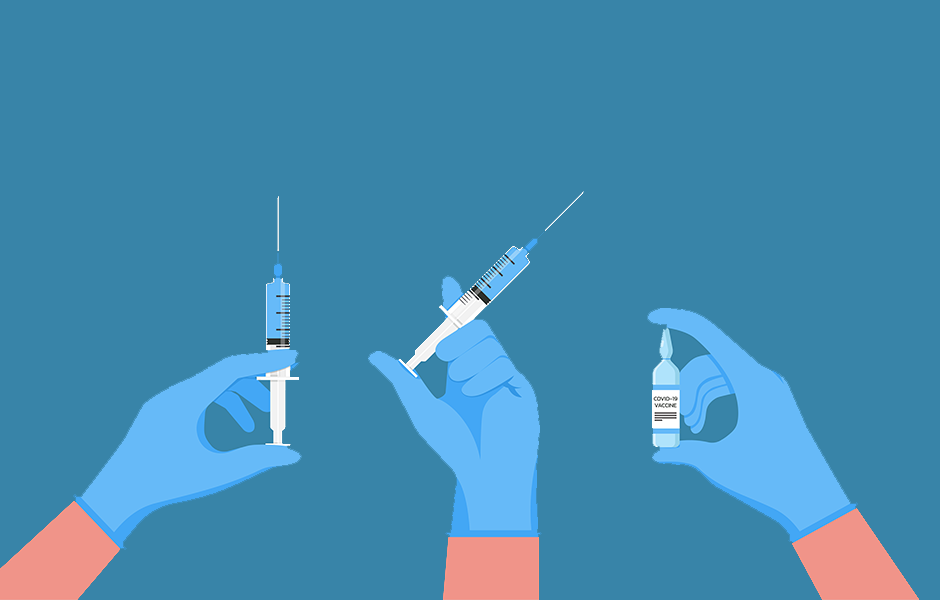Words by Isabel O’Brien
With avian influenza (H5N1) posing an ongoing public health threat, a new initiative has been launched to better prepare low- and middle-income countries (LMICs) for potential outbreaks in their populations.
As part of a programme set up by the World Health Organization, Sinergium Biotech, an Argentinean biopharmaceutical company, has committed to share information about its mRNA H5N1 vaccine candidate in development with partner manufacturers in LMICs.
Also supported by the Medicines Patent Pool (MPP), this project is part of the mRNA Technology Transfer Programme, which was set up to build vaccine development and production capacity in LMICs to enhance their pandemic preparedness.
“This initiative exemplifies why WHO established the mRNA Technology Transfer Programme – to foster greater research, development and production in low- and middle-income countries,” said Dr Tedros Adhanom Ghebreyesus, WHO Director-General, in a press release. He adds that he hopes this will lead to a “more effective and more equitable response” to a pandemic – should another occur.
While the current risk to the public from H5N1 remains low, the WHO warns of its pandemic potential due to extensive animal circulation. In recent weeks, the virus has spread to dairy cows and some farm workers in the US, prompting the government to pledge $176 million to Moderna’s efforts to develop a vaccine.
While vaccines exist for the H5N1 strain that is currently active in the US, they are mostly made from chicken eggs, making them impractical for large-scale use. This highlights the need for companies to mobilise around new solutions to the virus and to share data on these vaccines so that they can be made by all countries, not just a privileged few.
Dr Alejandro Gil, Chief Executive Officer, Sinergium, said that “we are excited to tackle this public health challenge” and promised that his company would work “closely” with the programme partners as they seek to develop, register and manufacture an effective vaccine candidate to the virus.









